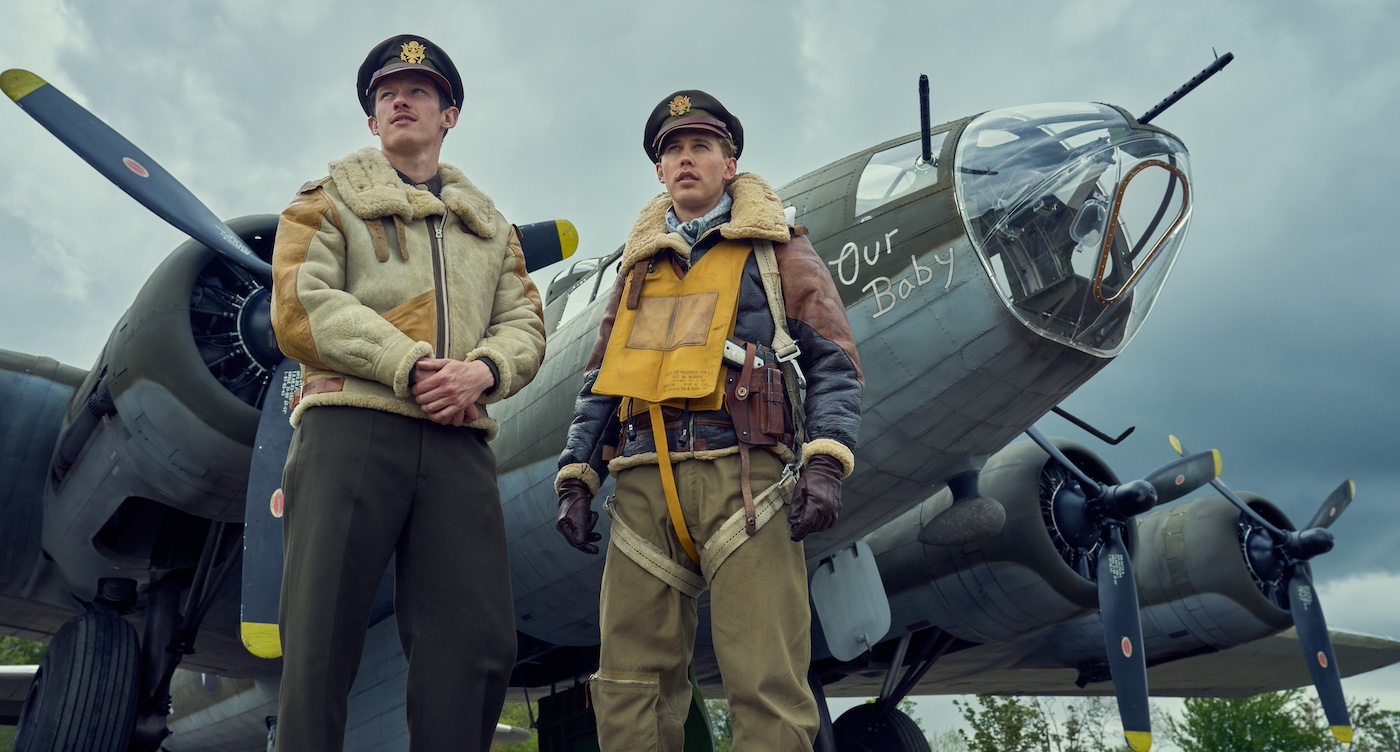Community, Leadership, Experimentation, Diversity, & Education
Pittsburgh Arts, Regional Theatre, New Work, Producing, Copyright, Labor Unions,
New Products, Coping Skills, J-O-Bs...
Theatre industry news, University & School of Drama Announcements, plus occasional course support for
Carnegie Mellon School of Drama Faculty, Staff, Students, and Alumni.
CMU School of Drama
Friday, March 15, 2024
Can You Hear the Fear? How Sound Shapes the Daring Missions of "Masters of the Air"
The Credits: Masters of the Air, Apple TV+’s new World War II epic showcasing the heroics and travails of a fleet of young U.S. pilots in Europe, has been lauded for its classical filmmaking and realistic approach to mid-century flight. Focusing on sober, earnest Buck (Austin Butler) and Bucky (Callum Turner), a battle-ready scamp, the show toggles between dogfights in the air and quiet moments on the ground, on airfields in the English countryside and in medical wards where some of the crew suffer from as-yet undiagnosed PTSD.
Subscribe to:
Post Comments (Atom)

3 comments:
This article shows how effective sound design can be in creating a realistic atmosphere for the production design. One may argue that often sound is too complicated to outweigh its benefits, but Masters of the Air and many other productions, prove this point wrong. Amazingly, they recorded around 45 different B-17s with 60 different microphone positions to create the desired sound design effect. I think sound designers must understand the place or space they are replicating because much like this article states, it’s important to understand the lived experience of the people in the story you are retelling. Without that lived experience, there’s a lack of authenticity, especially with sound design because sound creates the atmosphere and dynamics within a space that a character or person might feel. This article was enlightening to see how people in the film industry today still use lived experiences to shape their art and the experiences they work to create.
This article gave a very interesting dive into the world of the sound design for "Masters of the Air" and also showed how vital it is that sound designers understand more than just the auditory signals themselves. The article discussed how some of the sound team actually went to see physical B-17s and listened to them, but also thought about what the actual experience would be like to fly one of them, which heavily informed their sound design. Any type of design will convey emotions, and it is vital to understand what emotions need to be conveyed and also how certain designs will convey those in order to be an effective designer. I also found it very interesting how the sound designers needed to essentially build a world of their own just for audio. Sound is often something many people don't directly notice, but it is one of the strongest forces in making people have a positive experience with media.
So having watched the show, the sound design isn't even something I thought about, which in my mind is a good thing. In my opinion, the best sound design, is one that melds with the piece so well that you don't even notice it. To be fair, most of the design for this show is stellar, the cinematography and lighting are beautiful, the acting is incredible, and the vfx are amazing. Thinking more about the sound design of this show is also a fun exercise into the different ways to design things, as Supervising Sound Editor Jack Whittaker said, "We were not leaning into very subjective spaces of sound design", they were taking a more grounded approach to, in some way, convey to the audience how it would have sounded for the characters in the show. This approach is evident in other areas of the show as well, as it is a core tenant of these kinds of shows, that being "Band of Brothers" and "The Pacific".
Post a Comment